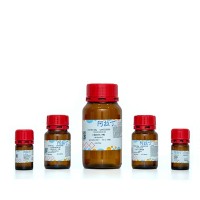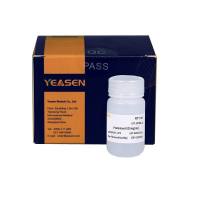Computer-Aided Tissue Engineering: Benefiting from the Control Over Scaffold Micro-Architecture
互联网
555
Minimization schema in nature affects the material arrangements of most objects, independent of scale. The field of cellular solids has focused on the generalization of these natural architectures (bone, wood, coral, cork, honeycombs) for material improvement and elucidation into natural growth mechanisms. We applied this approach for the comparison of a set of complex three-dimensional (3D) architectures containing the same material volume but dissimilar architectural arrangements. Ball and stick representations of these architectures at varied material volumes were characterized according to geometric properties, such as beam length, beam diameter, surface area, space filling efficiency, and pore volume. Modulus, deformation properties, and stress distributions as contributed solely by architectural arrangements was revealed through finite element simulations. We demonstrated that while density is the greatest factor in controlling modulus, optimal material arrangement could result in equal modulus values even with volumetric discrepancies of up to 10%. We showed that at low porosities, loss of architectural complexity allows these architectures to be modeled as closed celled solids. At these lower porosities, the smaller pores do not greatly contribute to the overall modulus of the architectures and that a stress backbone is responsible for the modulus. Our results further indicated that when considering a deposition-based growth pattern, such as occurs in nature, surface area plays a large role in the resulting strength of these architectures, specifically for systems like bone. This completed study represents the first step towards the development of mathematical algorithms to describe the mechanical properties of regular and symmetric architectures used for tissue regenerative applications. The eventual goal is to create logical set of rules that can explain the structural properties of an architecture based solely upon its geometry. The information could then be used in an automatic fashion to generate patient-specific scaffolds for the treatment of tissue defects.









